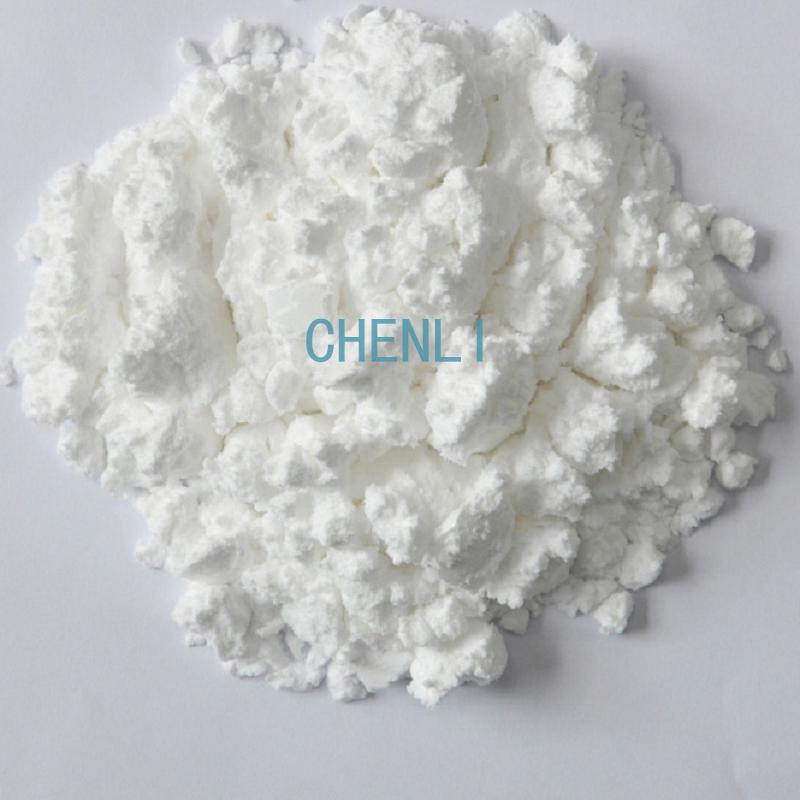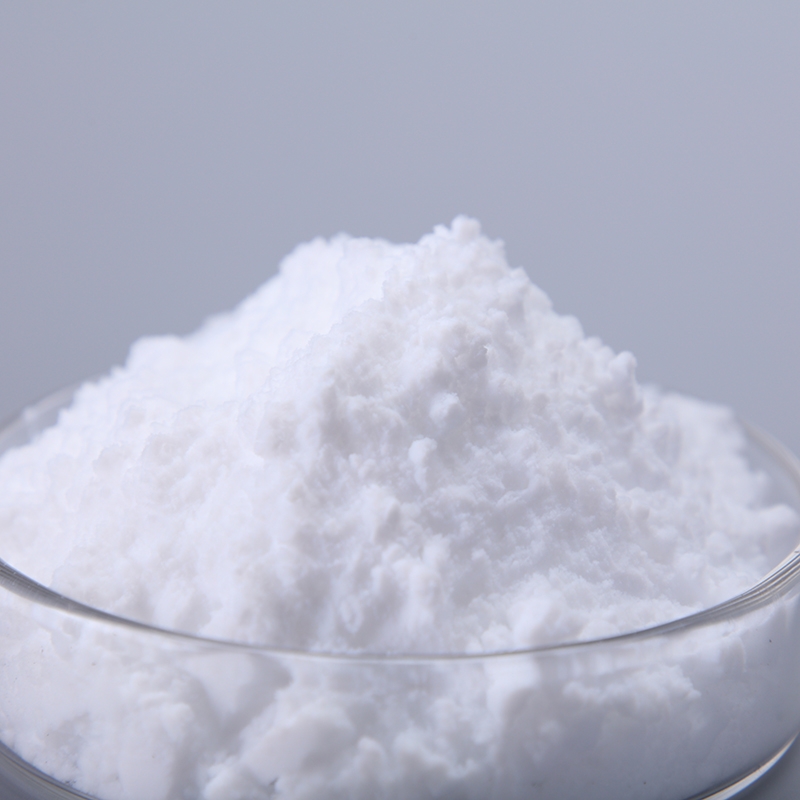-
Categories
-
Pharmaceutical Intermediates
-
Active Pharmaceutical Ingredients
-
Food Additives
- Industrial Coatings
- Agrochemicals
- Dyes and Pigments
- Surfactant
- Flavors and Fragrances
- Chemical Reagents
- Catalyst and Auxiliary
- Natural Products
- Inorganic Chemistry
-
Organic Chemistry
-
Biochemical Engineering
- Analytical Chemistry
-
Cosmetic Ingredient
- Water Treatment Chemical
-
Pharmaceutical Intermediates
Promotion
ECHEMI Mall
Wholesale
Weekly Price
Exhibition
News
-
Trade Service
Synthetic Routes of 4-[(3-Bromo-4-methylphenyl)sulfonyl]morpholine: A Comprehensive Review in the Chemical Industry
Introduction:
4-[(3-Bromo-4-methylphenyl)sulfonyl]morpholine is an important chemical compound that has diverse applications in the pharmaceutical, agrochemical, and cosmetic industries.
The demand for this compound has been increasing steadily due to its unique properties and versatile applications.
As a result, several synthetic routes for the preparation of 4-[(3-bromo-4-methylphenyl)sulfonyl]morpholine have been developed over the years, and these routes have been extensively studied and reviewed by researchers in the chemical industry.
In this article, we will review some of the commonly used synthetic routes for the preparation of 4-[(3-bromo-4-methylphenyl)sulfonyl]morpholine, their advantages, disadvantages, and the latest developments in this field.
Synthetic Routes:
- Hydrolysis of N-Bromosuccinimide with Morpholine:
This is one of the most commonly used synthetic routes for the preparation of 4-[(3-bromo-4-methylphenyl)sulfonyl]morpholine.
In this route, N-bromosuccinimide is hydrolyzed using morpholine in the presence of a strong acid catalyst, such as hydrochloric acid, to yield the desired compound.
The advantage of this route is that it is simple and cost-effective, and the reaction can be easily scaled up.
However, the disadvantage is that it involves the use of toxic reagents, such as N-bromosuccinimide and hydrochloric acid.
- Reduction of N-Bromosuccinimide with Hydrazine:
This synthetic route involves the reduction of N-bromosuccinimide with hydrazine to yield 4-[(3-bromo-4-methylphenyl)sulfonyl]morpholine.
The reaction is carried out in the presence of a catalyst, such as potassium hydroxide, and the resulting compound is isolated using conventional methods.
The advantage of this route is that it is relatively safe and easy to perform, and the reaction can be carried out at room temperature.
However, the disadvantage is that it requires the use of expensive reagents, such as N-bromosuccinimide and hydrazine.
- Condensation of 3-Bromo-4-methylaniline with Morpholine in the Presence of a Catalyst:
This synthetic route involves the condensation of 3-bromo-4-methylaniline with morpholine in the presence of a catalyst, such as sodium hydroxide.
The reaction is carried out at a moderate temperature, and the resulting compound is isolated using conventional methods.
The advantage of this route is that it is simple and efficient, and the reaction can be easily scaled up.
However, the disadvantage is that it requires the use of toxic reagents, such as 3-bromo-4-methylaniline and morpholine.
- Condensation of 3-Bromo-4-methylphenylamine with Morpholine in the Presence of a Base:
This synthetic route involves the condensation of 3-bromo-4-methylphenylamine with morpholine in the presence of a base, such as sodium hydroxide.
The reaction is carried out at a moderate temperature, and the resulting compound is isolated using conventional methods.
The advantage of this route is that it







